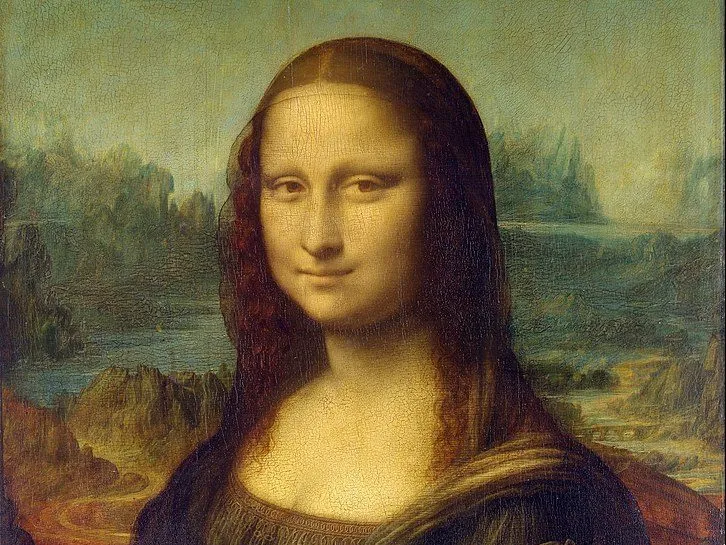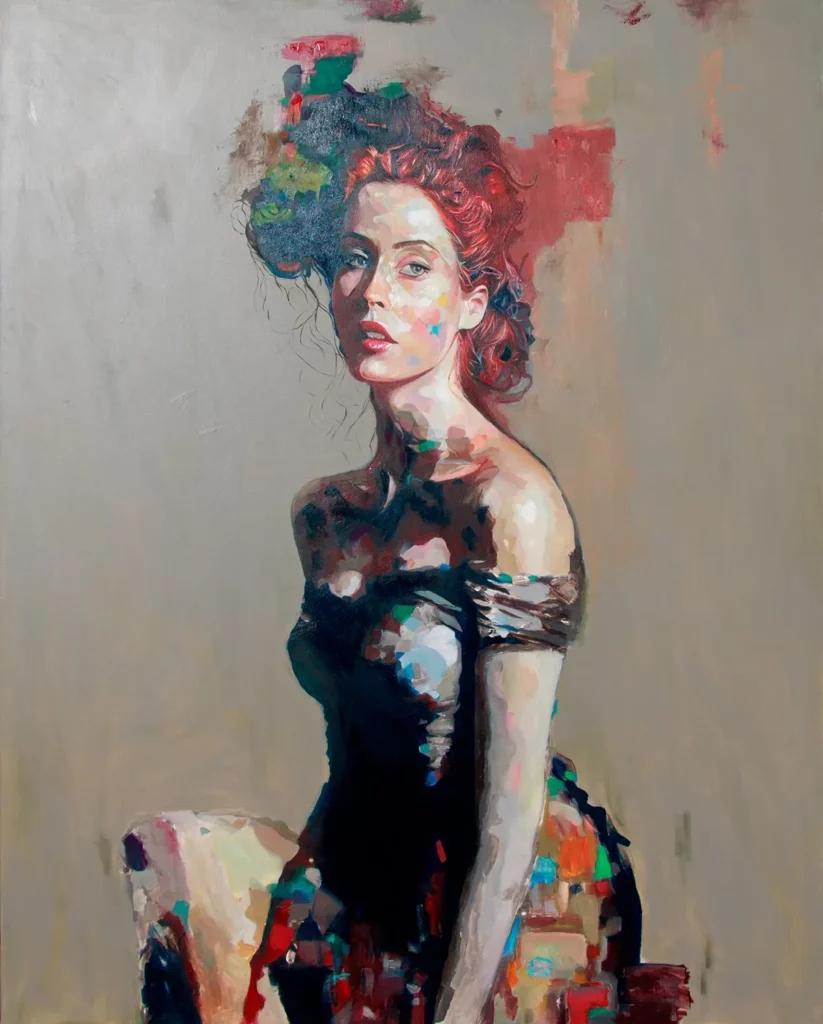
Mona Lisa Painting :
The Mona Lisa is believed to be a portrait of Lisa Gherardini, an Italian woman from Florence. She was the wife of a wealthy merchant named Francesco del Giocondo, which is why the painting is also known as “La Gioconda.” Leonardo da Vinci is thought to have painted her between 1503 and 1506. While some details about her life are known, much of her identity and the reason for her portrait remain subjects of speculation and intrigue.
The Mona Lisa :
The Mona Lisa is renowned for its artistic brilliance, especially for Leonardo da Vinci’s use of sfumato, a technique that gives the portrait a realistic appearance. The subject’s mysterious smile adds a layer of intrigue and has captured the attention of spectators for generations. Remaining one of the most recognizable and esteemed pieces of art in the world, it represents the pinnacle of Renaissance quality and cultural relevance.
The History of the Mona Lisa :
The Mona Lisa has a rich and fascinating history. Leonardo da Vinci began working on the portrait in 1503 and continued to refine it until his death in 1519. The identity of the sitter has been a subject of debate among art historians, with some suggesting that it is Lisa Gherardini, a woman from Florence. The painting remained in Leonardo’s possession until his death when it was acquired by King Francis I of France. Since then, it has been displayed in various locations, including the palaces of Francois I, Louis XIV, and Napoleon.
| Subject | Lisa del Giocondo |
| Dimensions | 77 cm × 53 cm |
| Created | 1503 |
| Genres | Portrait, portrait painting |
| Medium | Oil Painting |
The Mona Lisa : Why She Is So famous :
Why mona lisa painting so famous? When the Mona Lisa was taken from the Louvre Museum in 1911, its notoriety skyrocketed. The painting received international attention as a result of this bold heist. Vincenzo Peruggia, an Italian handyman, was the burglar who took the painting from the museum after hiding it beneath his clothes. Due to the sensationalized theft, there was a protracted manhunt for the missing artwork. An interesting turn to the tale was the fleeting suspicion that famed artist Pablo Picasso was involved in the theft. When Peruggia tried to sell the artwork to a Florence art dealer in 1913, it was eventually found. Increased security measures were implemented for the painting after it was stolen, including the installation of bulletproof glass to protect it from further incidents.
The Mona Lisa’s Value and Protection
Among the most valuable paintings in the entire world is the Mona Lisa.It was worth $100 million in 1962, which is at least $870 million in modern currency. The painting’s tremendous value stems from its cultural and historical significance in addition to its artistic merit. The painting is housed in a bulletproof glass container that is climate-controlled to protect it from theft and vandalism. This precautionary method keeps the painting protected while enabling visitors to view and enjoy it.
Recent Discoveries About the Mona Lisa
In recent years, scientific studies have shed new light on the Mona Lisa. Researchers have used various techniques, such as infrared reflectography and multispectral imaging, to uncover hidden details and insights about the painting. These studies have revealed that Leonardo da Vinci made significant changes to the composition of the artwork during its creation. For example, infrared reflectography has revealed that Leonardo originally painted the Mona Lisa with a larger format, including a larger background and additional elements. Through these discoveries, researchers have gained a deeper understanding of Leonardo’s creative process and the evolution of the Mona Lisa.
Mona Lisa’s Influence On Other Artists
The image of the Mona Lisa has had a profound impact on the art world and has been a source of inspiration for numerous artists. One notable example is the artist Marcel Duchamp, who famously created a parody artwork titled “L.H.O.O.Q,” adding a mustache and goatee to a reproduction of the Mona Lisa. Duchamp’s work challenged the traditional notions of art and questioned the authority of iconic masterpieces.

In the contemporary art scene, Alex Righetto‘s Mona Lisa Daughter, stands as a testament to the evolving interpretations of iconic artworks. Drawing inspiration from the timeless allure of the Mona Lisa, Righetto presents a poignant juxtaposition of permanence and transience. The painting’s intricate balance between well-defined sections and intentionally unrefined gray areas mirrors the ancient Chinese philosophy of opposing yet interconnected forces in life. While the Mona Lisa’s enigmatic smile may be eternal, her daughter’s existence is fleeting, a powerful reminder of life’s impermanence.